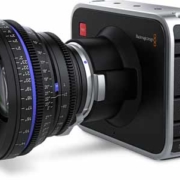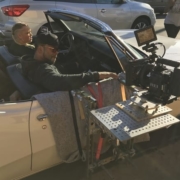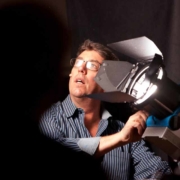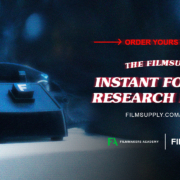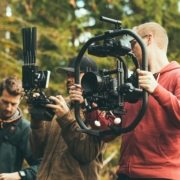Barry Jenkins: The Artist’s Journey
Barry Jenkins metamorphosed the landscape of the film industry, and it will never be the same. For that, we are all grateful. Jenkins is most renowned for his smash hit film Moonlight, but the director has a filmography that continues to redefine the industry. And at his age, we can expect films for decades to come. The arc of his artistic journey is not only impressive but it reveals that with enough passion and creative vision, one doesn’t need a huge budget or the biggest stars to make the film of the decade.
As a filmmaker, your career is full of twists, turns, and challenges that may seem insurmountable at the moment. But, such obstacles are essential to your creative journey. It’s such life experiences that helped shape Jenkins’ creative vision. Jenkins channeled his own lived experiences along with his interests in foreign arthouse cinema to inform his most memorable work.
In this article, we track Barry Jenkin’s filmmaking career from film school to master storyteller, highlighting his creative style and techniques to illustrate his artistic journey. For example, Jenkins curates music playlists for each of his characters. We encourage our readers to take Jenkins’ experiences as a way to map their own success in the industry.
The Rise of Barry Jenkins
Every filmmaker has the capacity to tell a story that can change how people perceive the world. That’s why it’s so critical that the industry includes filmmakers from every race, gender, and background. There’s an inherent value – and together we all benefit. By nurturing voices like Barry Jenkins, we’re able to collectively expand the public consciousness. Jenkins tells stories previously unheard of on the big screen that sows tolerance throughout the ideological landscape.
When considering Jenkins and his filmography, we’re immediately reminded of his trifecta that depicts the American South: Moonlight, If Beale Street Could Talk, and the Amazon limited series, The Underground Railroad. However, years before he was a best-picture-winning writer/director, Jenkins was a thoughtful kid with an active imagination who had a proclivity for the arts.
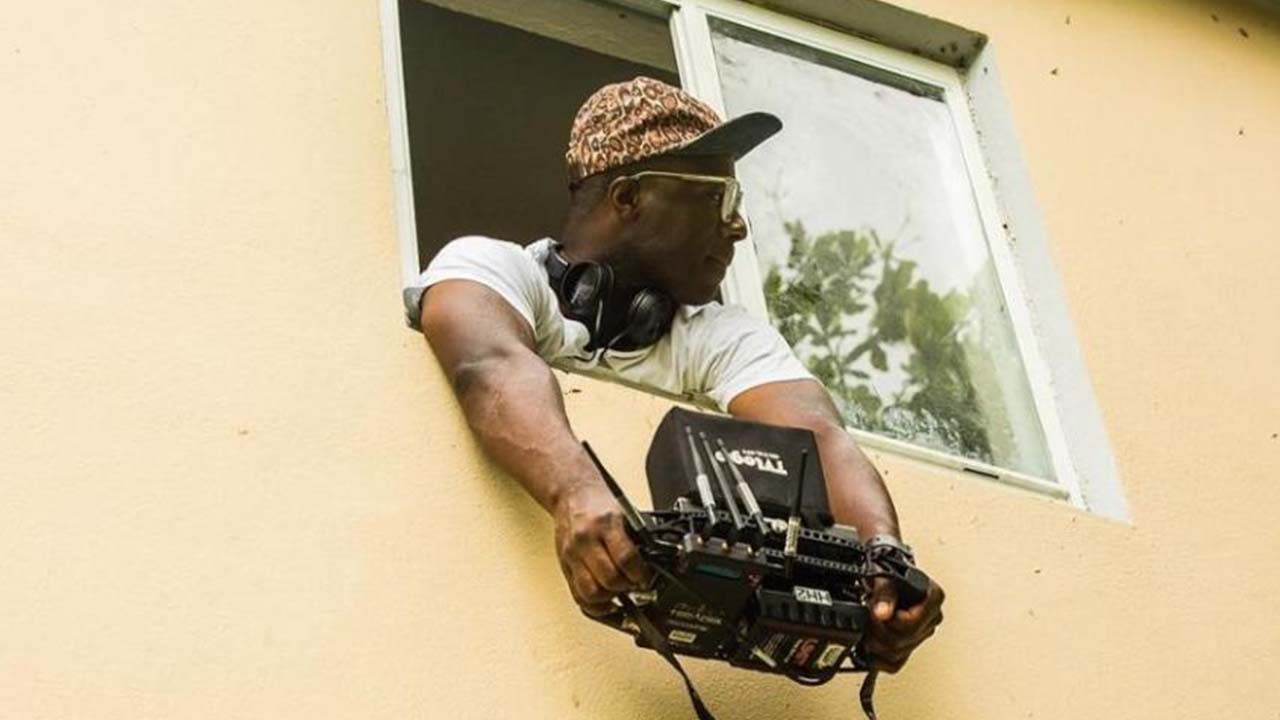
Though he grew up in the same neighborhood and went to the same elementary and middle school as his future Moonlight collaborator, the MacArthur Genius Grant-winning playwright, Tarell Alvin McCraney, they never met. Jenkins had a difficult upbringing, abandoned by his parents as a toddler. In an interview with Andrew Pulver of The Guardian, he described how he lived with a “surrogate grandmother figure” and that “there were seven or eight” living in a two-bedroom apartment where “there was usually food but sometimes not” and “the lights usually worked, but sometimes not.”
Film School
Initially, his goal was to pursue a creative writing degree at Florida State University (FSU) to presumably follow in the footsteps of writers like James Baldwin. When the university discontinued a teaching course, Jenkins ultimately decided to replace it with a film course. At first, Jenkins felt outmatched by fellow students like future directors Wes Ball (The Maze Runner) and David Robert Mitchell (It Follows).
This is when Jenkins immersed himself into the world of foreign cinema, most significantly, Wong Kar-wai, Lynne Ramsay, Hou Hsaio-Hsien, and his favorite of all, Claire Denis. He extracted something from these filmmakers that just wasn’t possible through American filmmakers like Steven Spielberg or Wes Anderson, who are more inclined to capture nostalgia.

Inspired by what he discovered, he made his first short film My Josephine, which was about an Arab-American man who falls in love while working at a laundromat following September 11, 2001. It was based on a true story of a laundromat who cleaned American flags for free. In this tale, he was able to explore themes that he identified with growing up black in the South.
Upon completion of the project, it was then that he knew that he would make a career out of filmmaking. The film was also the start of a long-term collaboration with cinematographer James Laxton. He followed this sentiment up with Laxton by making Little Brown Boy, a short film about black children who were tried as adults.
Early Career
Days after graduating from FSU, Jenkins moved to Los Angeles. This would serve as his first attempt in the film industry. He worked as a production assistant for Oprah’s production company Harpo Films. Though, it wasn’t like the filmmaking he had fallen in love with during film school. Soon after, he became disillusioned with Los Angeles and hit the railroad, traveling across the country for a year.
Jenkins eventually landed in San Francisco and fell for a local woman. So, he put down roots and took to unloading boxes for the Banana Republic. Soon the relationship waned and she broke it off with him. Jenkins fell into a somber state of reflection. That’s when he was struck by an epiphany. He had to make a film. And it was that moment that sparked his first feature film, Medicine for Melancholy.

Medicine for Melancholy was another film close to Jenkins’ heart, shot on a shoestring budget of $15,000. The film explores 24 hours in the budding romance of a young black couple in a desolate and gentrifying San Francisco that can be traced to the mumblecore scene, with a limited release throughout 2009 and 2010.
The In-Between Years
At first, Jenkins believed he would be making his next film within two years or so. Unfortunately, it wouldn’t be so easy. In fact, Jenkins wouldn’t make another feature film for about 10 years. There was a follow-up project about a time-traveling Stevie Wonder that he worked on with Focus Features that didn’t pan out. After which, he realized that he just needed to make money.

In the meantime, he wrote screenplays and self-produced short films while working as a carpenter. He co-founded his advertising company Strike Anywhere before accepting a job in the writer’s room of HBO’s The Leftovers. This may seem like a huge step in the right direction, but Jenkins would later note that he wasn’t given much to do. However, Jenkins’ debut feature did attract the attention of Steven Soderberg, who brought him on to film the first episode of season three’s The Knick.
While Jenkins was working on his craft, he simultaneously worked at the Telluride Film Festival, where he ushered viewers and fielded Q&A with filmmakers. One particular Q&A with Steve McQueen for 12 Years a Slave changed his life. Little did Jenkins know that he would also premiere a film at the same festival that would go on to win the best picture at the Oscars. But, more on that below.
Moonlight and Beyond
It was by chance that McCraney’s unpublished LGBTQ drama In Moonlight Black Boys Look Blue was passed to Jenkins by a mutual friend from a Miami-based film collective, since they had a similar upbringing in the Miami neighborhood of Liberty City. The story follows Chiron in three distinct stages of his life. He’s raised by a crack-addicted mother and struggles with both growing up poor and gay in the Miami neighborhood.
Jenkins escaped to Brussels to work on the screenplay for Moonlight. When he returned, he attended the Telluride Film Festival where he volunteered for the past decade. This is where he had his fateful interaction with McQueen and Plan B. Brad Pitt’s company eventually read his screenplay and shared it with A24, who took it on as their first film to produce and finance.
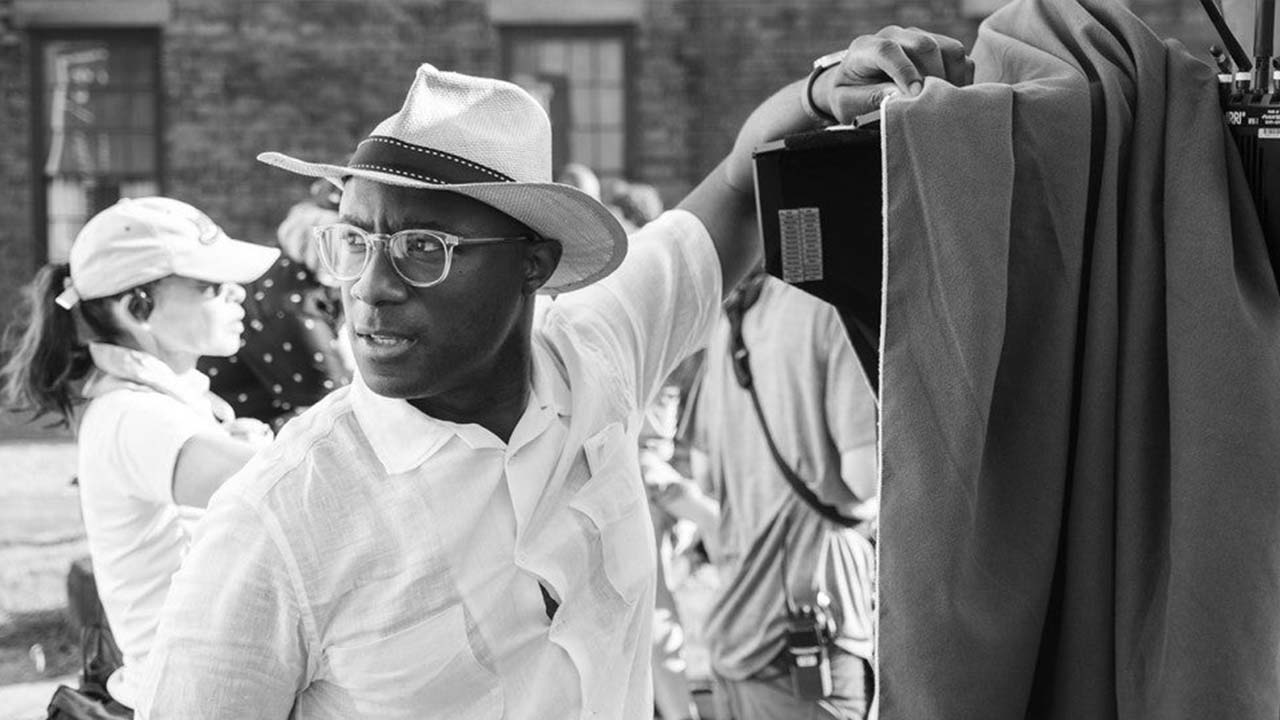
The film was inspired by two primary “cinematic touchstones” – as Will Stephenson would write in Fader. The first was the lyrical storytelling of the French filmmaker Claire Denis. (You may recall how Denis was his favorite director going back to film school.) Another inspiration was David Simon’s The Wire.
Moonlight is a work of visual poetry that parts ways from your typical film. Its dreamlike cinematography illuminated by neon lights produces a special kind of meaning for McCraney’s original work. And the choice of music establishes an emotional context for his characters.
Curate Playlists with MusicBed
We recommend bookmarking MusicBed’s article about Jenkins’ use of music throughout his films. The article uncovers Jenkins’ use of curating playlists to better understand the emotional complexity of each character and details how Denis’ Vendredi Soir inspired his use of music.

Vendredi Soir “Friday Night” (2002)
Cinematic Style and Techniques
Jenkins commands colorful, dreamy cinematography with longtime collaborator James Laxton, especially with his use of blues which are predominant throughout all of Moonlight, If Beale Street Could Talk, and The Underground Railroad. As covered by MusicBed, Jenkins’ thought-provoking music throughout his storytelling enchants viewers, bending the space between two worlds to relate the emotional state of his characters.
However, his use of color does not necessarily reflect his characters from a moral standpoint. Instead, like his music, it’s an emotional decision. Conversely, he prefers to capture stories in a gray area that goes beyond “overt positivity” which he believes serves as a distraction from the real issues. As he tells Stephenson in an interview about Moonlight, “There’s some very dark shit in this movie, but you have to acknowledge the ugliness. You just have to.”

Jenkins’ career is now marked by numerous wins with his most recent adaptation of the Colson Whitehead novel The Underground Railroad receiving seven Emmy nominations in 2021. He adds this to his three Academy Awards for Moonlight while also earning Regina King an Oscar for best-supporting actress for If Beale Street Could Talk.
When pursuing your dreams as a filmmaker, there may be one roadblock after another thrown your way. Unfortunately, that’s the nature of the art form. But by rolling with the punches and staying true to your unique vision, you could very well find an opportunity that changes your life. Barry Jenkins certainly did.
Sources:
The Guardian
https://www.theguardian.com/film/2017/feb/07/moonlight-barry-jenkins-director-interview
Vanity
Britannica
https://www.britannica.com/biography/Barry-Jenkins
IndieWire
https://www.indiewire.com/2019/07/barry-jenkins-moonlight-best-movie-decade-1202159932/
The Fader
https://www.thefader.com/2016/10/04/moonlight-movie-barry-jenkins-director-interview


